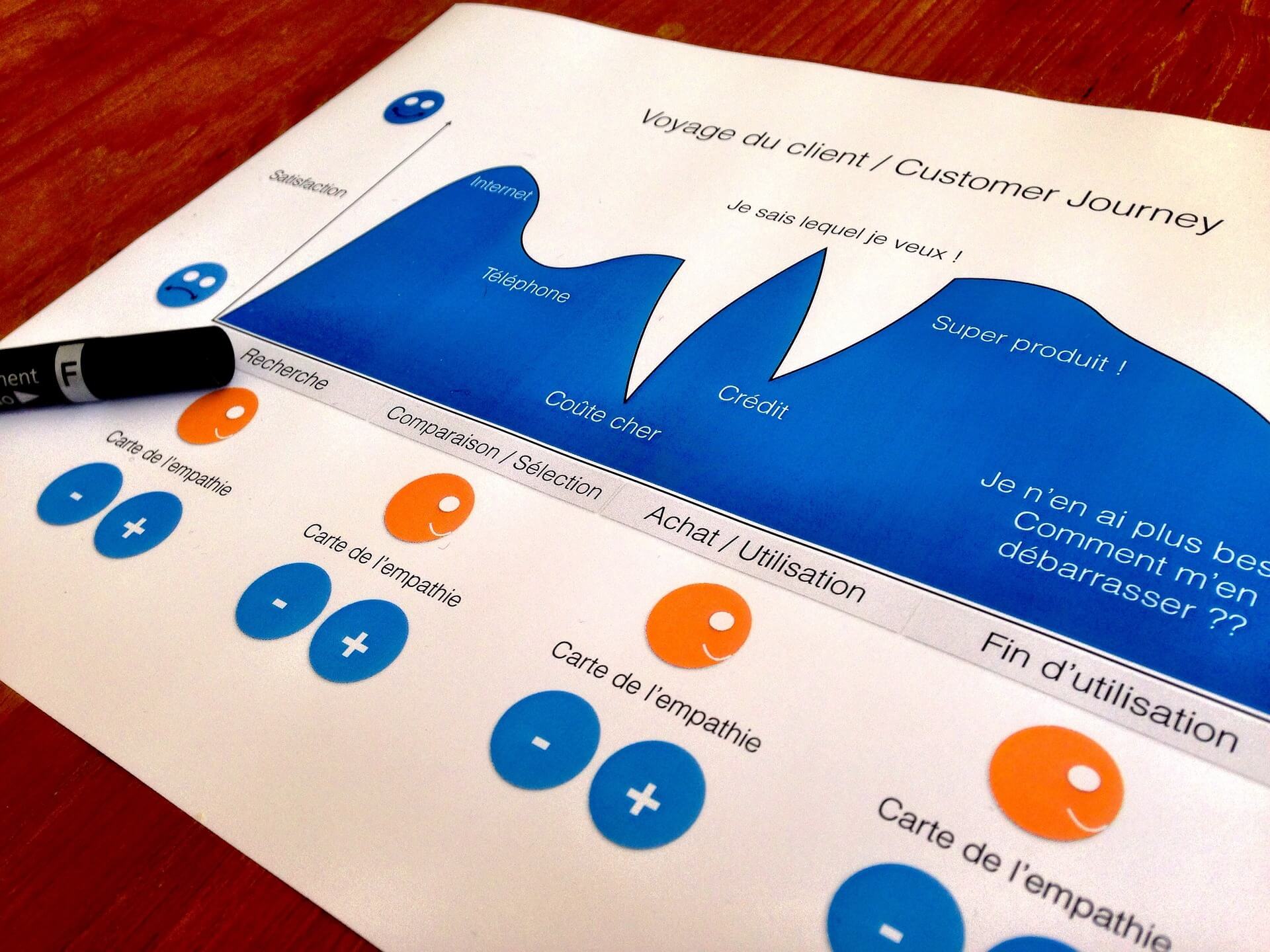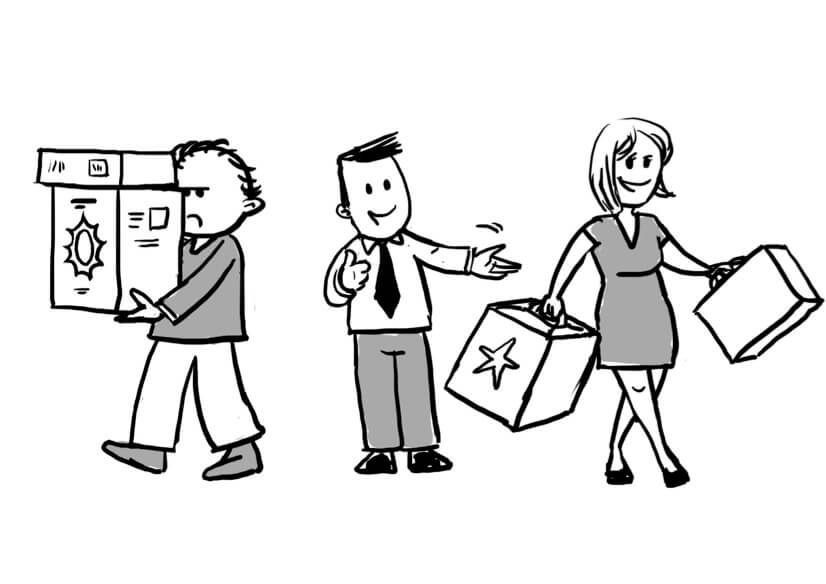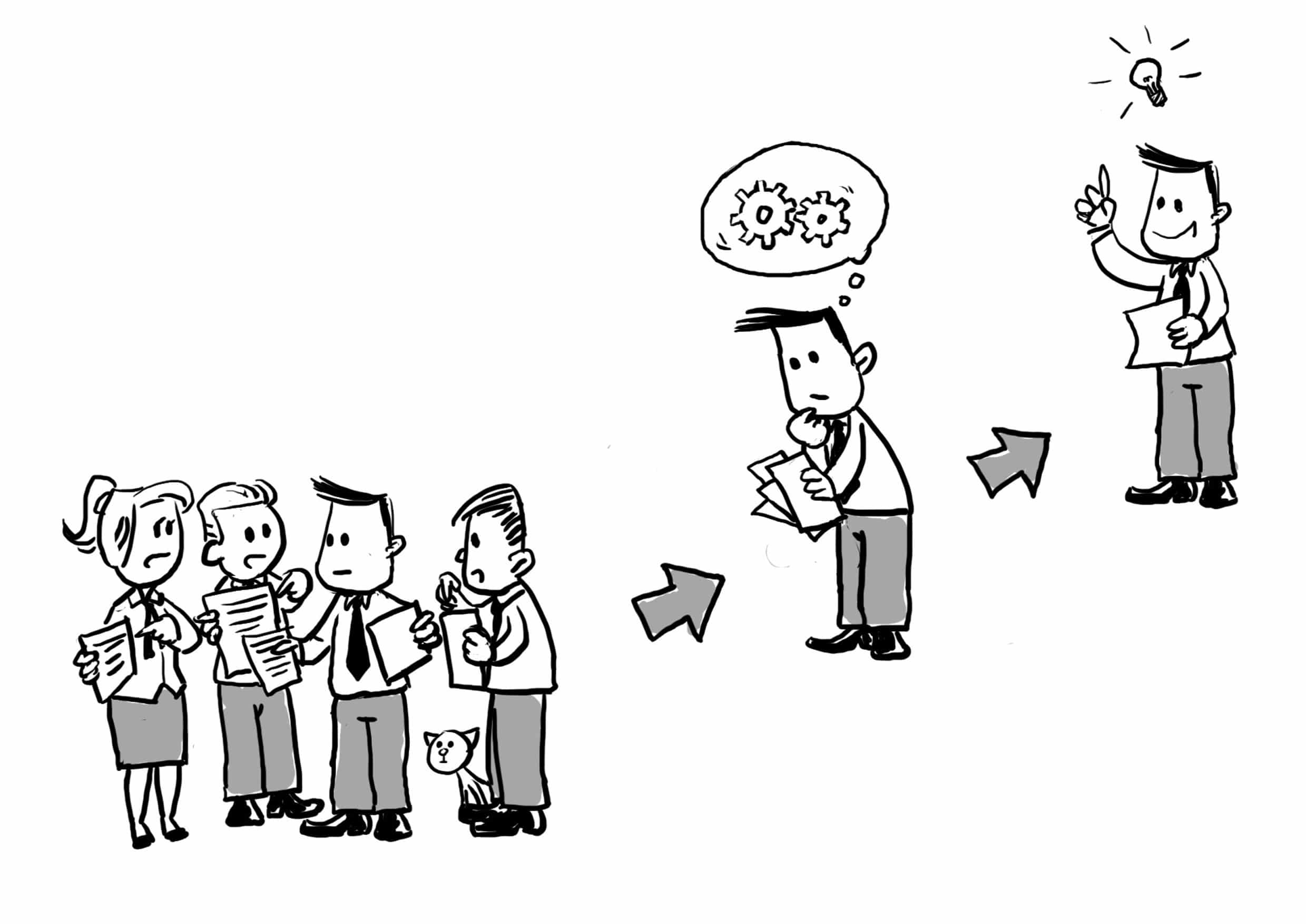I know, you probably don’t want to read yet another article about the post-pandemic era. But bear with me; this is about customer connection and engagement.
Since covid, people have changed their perspective on many categories. They have also adapted their purchasing behaviour following lockdown. So this seems to be the perfect time to reconsider our customer-first strategies, doesn’t it?
Up until the covid-19 virus infected the globe, almost every single organisation, big or small, recognised the importance of satisfying their customers. However, most of them were only giving lip service to customer-centricity. Very few were actually going beyond voicing their opinions.
So I have some bad news if you are in this first group and it’s this. Not actioning a customer-first approach in everything you do is no longer an option. You were be called out, most probably very publically online. Customers are sharing their experiences of companies and brands far more than they were doing before the pandemic.
It makes sense. What else did we have to do than surf the internet all day long? And this habit seems to have remained. According to the latest global statistics, back in 2020, the average consumer spent 474 minutes a day on digital media. By 2023, that number is predicted to rise, according to the experts, to 500 minutes on digital media.
Taking a closer look at social media use trends, business owners and marketers can learn a great deal about opportunities to boost engagement and business impact as the new norm continues to evolve.
The article by Business.com lists four things consumers are looking for:
- They want to be entertained – understandable when you consider how much time they are spending online.
- Unlocking creativity – they are not only consuming content, but they are also creating it in larger quantities than ever before.
- They want connection and comfort – people are desperate to overcome their isolation and connect with others, so online multiplayer gaming and chat have surged.
- They seek positive content to cheer them up – it’s a natural human response to seek uplifting, inspirational content during difficult times.
If I were to sum up these four desires, I would say that people are looking for more connection and engagement. Exactly what a customer-first strategy provides! But there are things to avoid.
[bctt tweet=”Customers have four desires when online, that can be summarised as simply a desire for more connection and engagement. Exactly what a customer-first strategy provides! #CEX #CustomerFirst #CustomerCentricity #CMO” username=”Denysech”]
When an organisation decides to become more customer centric, there are many mistakes that are commonly made. This article “7 Reasons for Failure When Adopting a Customer First Strategy” gives the main ones and makes a complementary read to this post.
But today’s world has accelerated the upward trend of the importance of a customer-first strategy and makes it one of the most, if not the most important one for all organisations.
It is no longer the norm, or even the new norm, of successful … Click to continue reading











